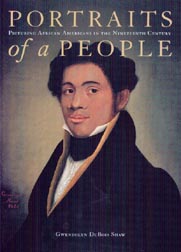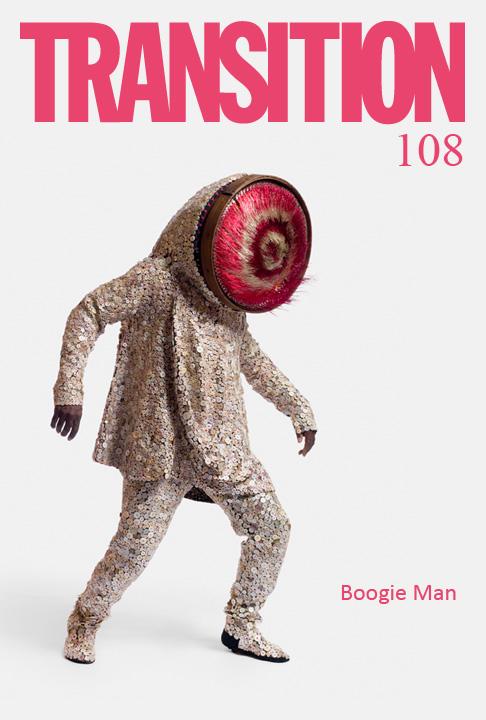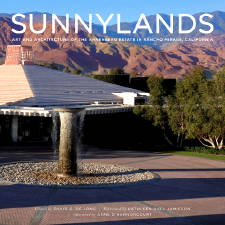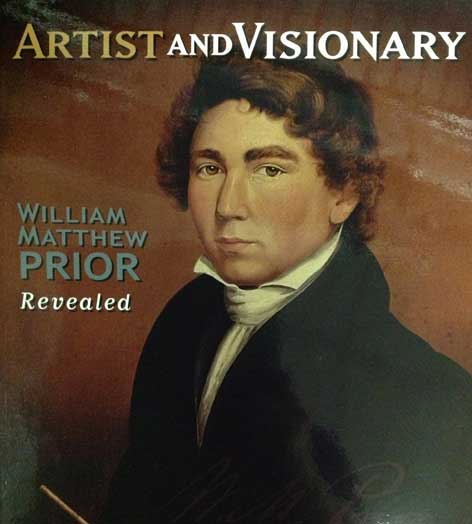Gwendolyn
DuBois
Shaw
History of Art / University of Pennsylvania
3405 Woodland Walk
Philadelphia, PA 19104
ph: 215-898-2358
Publications
Seeing the Unspeakable: The Art of Kara Walker

Reviews
"Shaw's book places [Kara Walker's] work within a larger artistic canon, which contextualizes the significance of her works and the phenomenal artistic talent. . . . [A]ccesible. . . . [E]venhanded. . . ."
--Tracey Lewis, Black Issues Book Review
"Shaw's 'reading' of [Walker's work] is intriguing and seemingly flawless. . . . Those interested in art history and issues of race and representation will surely find this book rewarding, but possibly unsettling."
--KaaVonia Hinton, Foreword
"[A] timely collection of essays dedicated to disentangling the intricacies of Kara Walker's disturbing and evocative artworks. . . . DuBois Shaw's book should be appreciated as the first notable attempt to position Walker's impressive body of work solidly within a rigorous scholarly framework."
--Derek Conrad Murray, Parachute
“As we work like Kara Walker to build a just and post-racist society, this important artist is discussed thoughtfully and appreciatively by a serious scholar in a well-written book.”
--Michael R. Mosher, Leonardo Digital Reviews
“[A] rich, careful, and important exploration of one of America’s most significant artists: Kara Walker. . . . Seeing the Unspeakable is especially important for readers interested in how the suppression of African American art history has influenced contemporary artists.”
--Christine Hamm, Altar Magazine
“[A]ppealing and thought provoking. . . . Shaw provides a comprehensive analysis of Walker’s relevance in art history and her place in larger discussions of race and gender in society.”
--Jennifer Heusel, Woman’s Art Journal
Portraits of a People: Picturing African Americans in the Nineteenth Century

Reviews
"Based on original research, [Portraits of a People] engages with the questions that historians care about. . . . For those of us interested in how portraits represent the self and reveal the social order, this is an important study." --Jack Larkin, Journal of the Early Republic
"Portraits of a People presents itself as a highly compelling project with a life well beyond its documentation of an ephemeral exhibition. The catalogue is certain to find an important place in college surveys of African American and American art, and will likely inspire even more art historians to turn to the museum as a stage for their arguments." -Tanya Sheehan, CAA Reviews
"The questions raised by Portraits of a People invite scholars to reconsider nineteenth-century images of African Americans, and provide them with new possibilities for recognizing and analyzing how dynamics of heritage affected identity construction and might have found expression in visual imagery." - Susanna Gold, American Quarterly
"Portraits of a People provides a new window onto the lives and the interests of the black folks who sat for these portraits and of the artists who constructed their images; lives that otherwise would have been less evident to us and whose visual trace might have been lost to the flux of history." - Henry Louis Gates, Jr. , Harvard University
TRANSITION

Transition is a forum for creative expression from and about the African Diaspora. Dr. Shaw joined the team at Transition as its first visual arts editor in summer 2011. Transition 108 features an extended article by Dr. Shaw about the work of the Harlem Renaissance-era artist Sargent Johnson. Johnson's work was recently featured in an article in the New York Times.
 Sunnylands
Sunnylands
Located near Palm Springs, California, in a community known as Rancho Mirage, Sunnylands was built in the early 1960s by Walter and Leonore Annenberg, two of America's leading philanthropists. Envisioned by noted California architect A. Quincy Jones and the renowned interior design team of William Haines and Ted Graber, the estate has come to be regarded as an icon of midcentury modernism.
The grounds at Sunnylands include twelve man-made lakes and a golf course surrounded by hundreds of eucalyptus trees, olive trees, and oleanders, all set against the majestic backdrop of the San Jacinto and Santa Rosa Mountains. Housed within the estate are exceptional collections—modern sculpture, paintings and works on paper, the Steuben Glass collection, decorative arts, Chinese art, and one-of-a-kind Mayan and Hindu objects—framed by furnishings in a style known as Hollywood Regency.
Sunnylands became known as a gathering place for American presidents, British royalty, world-famous artists, writers, actors, and other noted achievers. President Dwight D. Eisenhower and his wife, Mamie, often joined the Annenbergs at Sunnylands. President Nixon used the estate to work on his State of the Union Message in 1974, and nearly every U.S. president since has paid a visit.
Sunnylands: Art and Architecture of the Annenberg Estate in Rancho Mirage, California tells the story of the celebrated home—how it came to be commissioned, details of its design and construction, acquisition of the extensive collections of art and objects, changes over the years—and includes comments by noted guests. A foreword by Kathleen Hall Jamieson positions Sunnylands within its geographical and social setting, and an afterword by the late Anne d'Harnoncourt provides a firsthand account of what being there was like. New photographs and drawings commissioned especially for the book expand upon archival plans and photographs to complete this richly detailed portrait of an extraordinary place.
History of Art / University of Pennsylvania
3405 Woodland Walk
Philadelphia, PA 19104
ph: 215-898-2358
